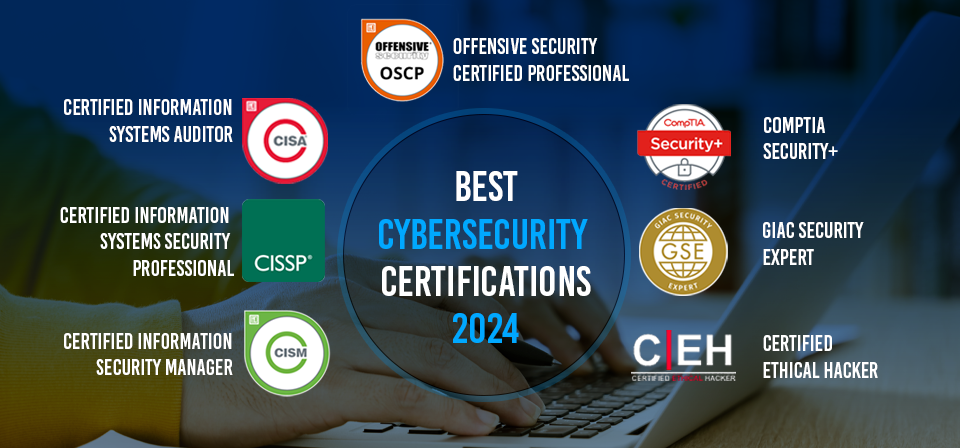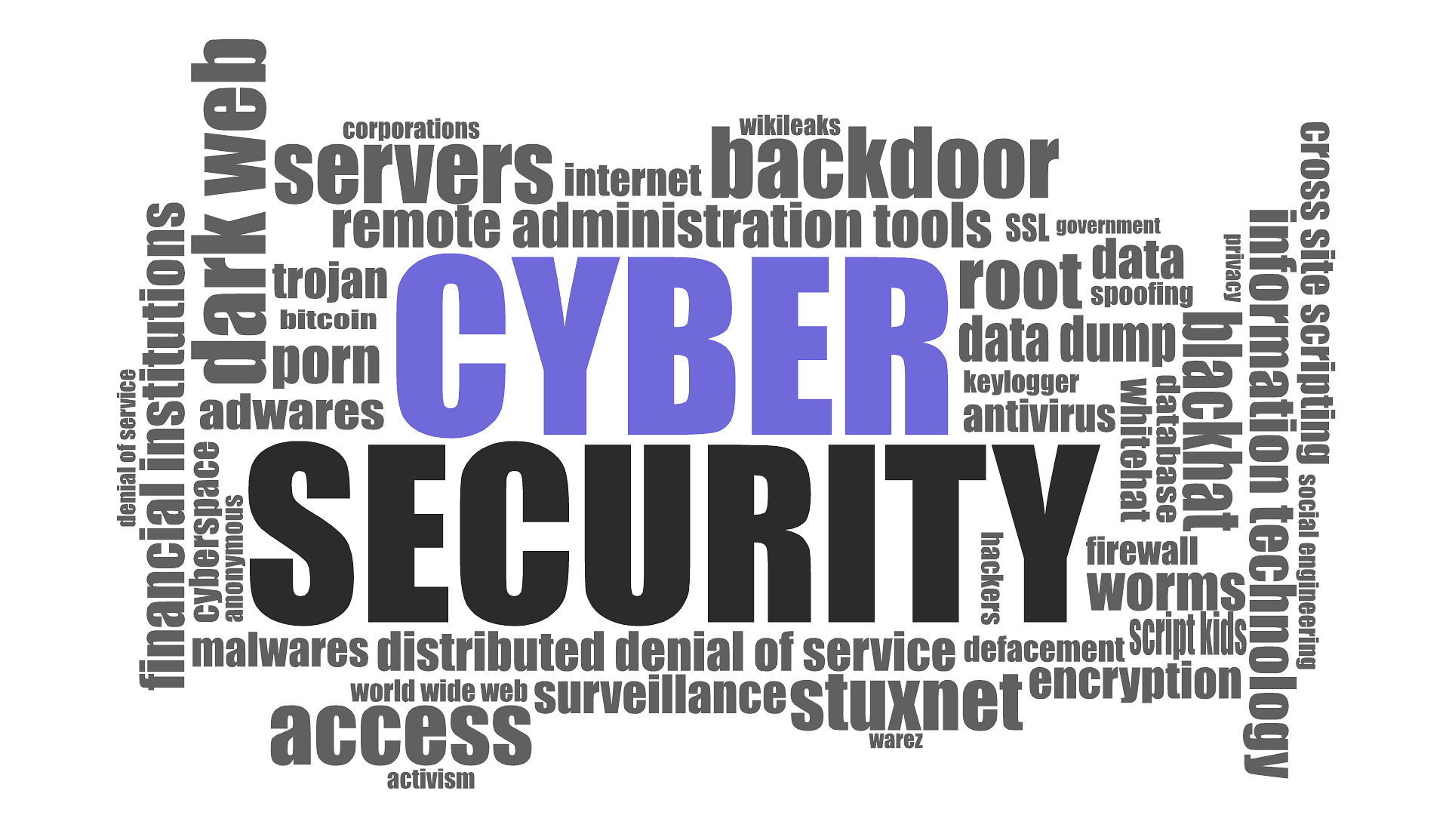Top 10 Cybersecurity Threats. Cybersecurity is a growing concern as the digital landscape expands, and new threats constantly emerge. In 2024, organizations and individuals must be aware of the top cybersecurity threats that could pose significant risks. Understanding these threats will help you take proactive steps to safeguard your data and digital infrastructure.
1. Phishing Attacks
Phishing attacks are still one of the most common cybersecurity threats. In 2024, they are expected to become even more sophisticated, targeting individuals and organizations through personalized emails and social media channels. These attacks trick victims into revealing sensitive information such as passwords or financial details. Top 10 Cybersecurity Threats.
| Type of Phishing | Description |
|---|---|
| Spear Phishing | Targeted attack on specific individuals or organizations |
| Whaling | Phishing targeting high-profile individuals like executives |
| Clone Phishing | Using a legitimate email to send a malicious link |
Description
External resource: How to recognize phishing attacks.
2. Ransomware
Ransomware attacks involve malicious software that encrypts the victim’s data, demanding payment in exchange for access. In 2024, ransomware is expected to become more aggressive, targeting critical infrastructure like healthcare, education, and government agencies. Top 10 Cybersecurity Threats
Organizations are encouraged to regularly back up data and ensure security protocols are in place to prevent falling victim to these attacks.
3. Cloud Vulnerabilities
As more businesses shift to cloud-based infrastructure, cloud vulnerabilities have become a prime target for cybercriminals. Misconfigurations in cloud security settings, insecure APIs, and lack of proper encryption can lead to data breaches. Top 10 Cybersecurity Threats.
In 2024, organizations should prioritize cloud security, ensuring they follow best practices for configuration and encryption.
| Common Cloud Threats | Mitigation Strategies |
|---|---|
| Misconfigurations | Implement proper security configurations |
| Insecure APIs | Use strong authentication and encryption |
| Data Breaches | Regularly audit cloud security |
Mitigation Strategies
4. Internet of Things (IoT) Attacks
The Internet of Things (IoT) connects billions of devices globally, from smart home gadgets to industrial machines. Top 10 Cybersecurity Threats. In 2024, IoT devices are likely to be targeted for cyberattacks due to their weak security configurations. Hackers can exploit these vulnerabilities to gain access to networks and sensitive data.
Manufacturers and users must ensure that IoT devices are updated regularly with security patches.
External resource: How to secure IoT devices.
5. Supply Chain Attacks
Supply chain attacks target vulnerabilities in a company’s suppliers or partners, which are often less secure. In 2024, cybercriminals will continue to exploit the weakest link in the supply chain to gain access to larger organizations.
To mitigate these risks, businesses should conduct thorough assessments of their vendors’ cybersecurity measures and ensure compliance with security standards.
Table of Contents
6. Insider Threats
Insider threats involve employees or contractors within an organization intentionally or unintentionally compromising security. In 2024, insider threats are expected to rise due to increased remote work and lack of in-person oversight.
Implementing strict access controls, monitoring employee activity, and offering cybersecurity training are critical steps in preventing insider threats.
| Type of Insider Threat | Example |
|---|---|
| Malicious Insiders | Employees stealing sensitive data |
| Negligent Insiders | Employees accidentally leaking information |
| Colluding Insiders | Employees collaborating with external attackers |
7. Deepfake Technology
Deepfake technology, which uses AI to create realistic but fake videos or audio, is expected to be exploited by cybercriminals in 2024. Attackers can use deepfakes for identity theft, disinformation campaigns, and even manipulating financial markets.
As deepfakes become more convincing, organizations need to deploy tools to detect and prevent their spread.
8. Artificial Intelligence (AI)-Powered Attacks
While AI is a tool for defense, it is also being weaponized by attackers. In 2024, AI-powered attacks will increase, allowing cybercriminals to launch more sophisticated and personalized attacks. AI can be used to bypass security systems, conduct phishing attacks, and exploit vulnerabilities at a faster rate than ever before.
9. Zero-Day Exploits
Zero-day vulnerabilities are unknown software weaknesses that hackers can exploit before developers can issue a fix. In 2024, zero-day attacks will be a significant concern as more software and applications are created at a rapid pace.
Organizations should invest in vulnerability scanning and threat detection to catch potential exploits before they cause harm.
External resource: Understanding Zero-Day Exploits.
10. Social Engineering Attacks
Social engineering attacks manipulate individuals into revealing sensitive information or performing certain actions. In 2024, attackers will continue to use psychological tricks to deceive individuals into giving away passwords, account numbers, or other confidential information.
Regular cybersecurity training for employees and individuals is essential to combat these increasingly sophisticated attacks.
Conclusion
As we move into 2024, cybersecurity threats are becoming more diverse and sophisticated. From ransomware to AI-powered attacks, individuals and organizations must remain vigilant, updating their defenses regularly and educating their workforce. By staying informed about these top threats, you can take proactive steps to secure your digital assets.
FAQs
1. How can I protect myself from phishing attacks?
Avoid clicking on suspicious links or opening attachments from unknown sources. Use multi-factor authentication and regularly update passwords.
2. What is the best way to prevent ransomware attacks?
Backup your data regularly, use robust security software, and ensure your systems are updated with the latest patches.
3. Are cloud services safe to use?
Cloud services are safe when properly configured and encrypted. Regular audits of your cloud infrastructure can help minimize risks.
4. What should I do if I fall victim to a supply chain attack?
Isolate the compromised systems, notify your partners, and conduct a thorough investigation to identify vulnerabilities.
5. How can I protect my IoT devices from cyberattacks?
Ensure all IoT devices are updated with the latest security patches, use strong passwords, and disable unused features to minimize vulnerabilities.




